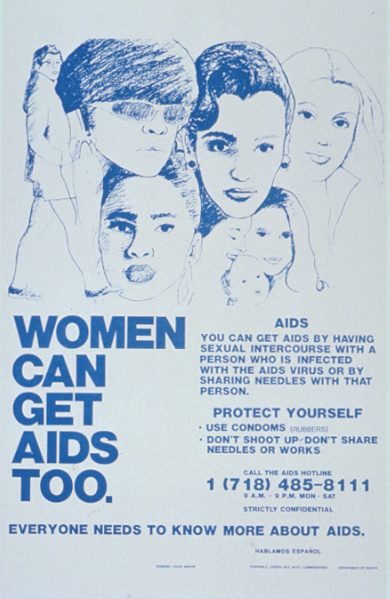HIV DERMATOLOGY (Abstract)
Prof. Camillo O. DI CICCO, M.D.
HIV AND WOMEN'S HEALTH
AIDS Interest Group Member
Serono Symposia International, April 2-3, 2004
Los Angeles, California, USA.
======================================================================
Objective: Study of cutaneous displays found during AIDS, spy of early diagnosis of disease.
In people affected by acquired immuno-deficiency syndrome it may often be observed the arise of cutaneous emergencies, whose impact spans from 25% in asyntomatic subjects to 100% in case of very evident AIDS. The frequency and the atypic nature of these emergencies give an highlighted role to the dermatologist, characterizing the early diagnosis of cutaneous pathologyes as the qualifying moment in the analysis of AIDS affected patient. As the starting moment in the HIV-positive subject examination, searh for injuries referable to Kaposi's sarcoma, especially at the mucous level (pharinx wounds are evident in 10 to 50% of total cases).
KAPOSI'S SARCOMA is a cutaneous malignant neoplasia. In its early emergence it reveals itself with deep red coloured, inactive maculae, that afterwards take a papulo-nodular look, concerning the whole cutaneous range (face, lower limbs and trunk). Frequent and severe are also the visceral displays (intestine, lungs, spleen and liver).
Afterwards it is necessary to seek for the other dermatological frames that are more frequently associatd with HIV infection.
SEBORRHEIC DERMATITIS ( 83% of AIDS cases ) appears very frequently since beginning of the disease. Erytemato-scaly injuries, localized on the scalp, on the face ( eyebrows, nose-genial groves, retroauricolar area ) and in the pre-sternal and infra-scapular areas, are characterisic. Atypic displays affecting the lower limbs (folliculitis) are present, along with scattered ( erytrodermic ) displays. Seborrea is intense. In HIV-positive subjects, the persistence and the importance of this condition may suggest an unhappy prognosis.
VILLOUS ORAL LEUKOPLAKIA pops up in 20% of AIDS patients. A peculiar importance seems imputable to the association of papilloma virus, Epstein-Barr virus and Candida. It shows as whitish, rising and papillomatic spots, located on the lateral and ventral edges of the tongue. Such a frame denotes a negative prognosis.
Courtesy of The National Library of Medicine, Bethesda, Maryland.
HIV DERMATOLOGY - C. Di Cicco
HOME PAGE
